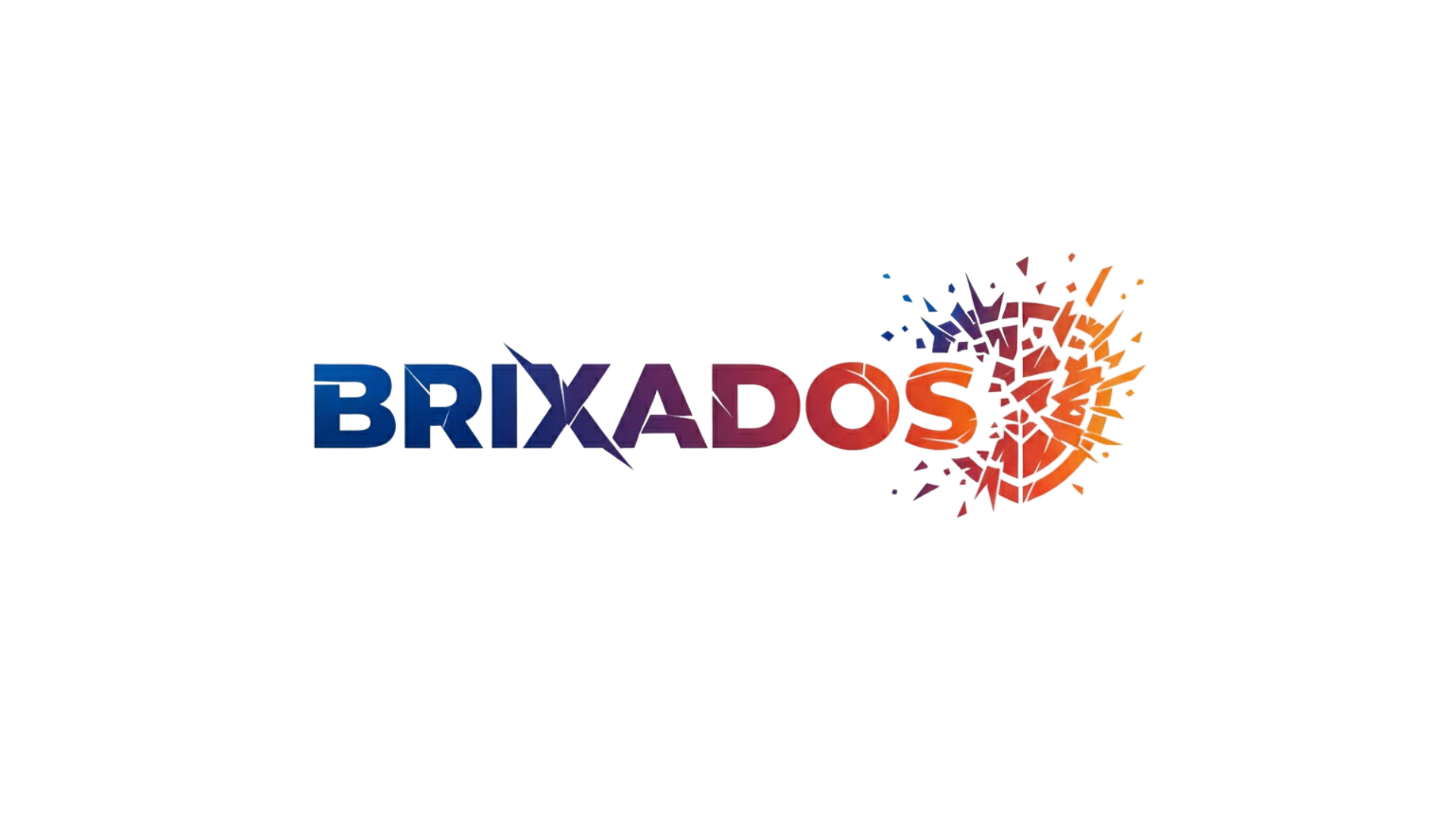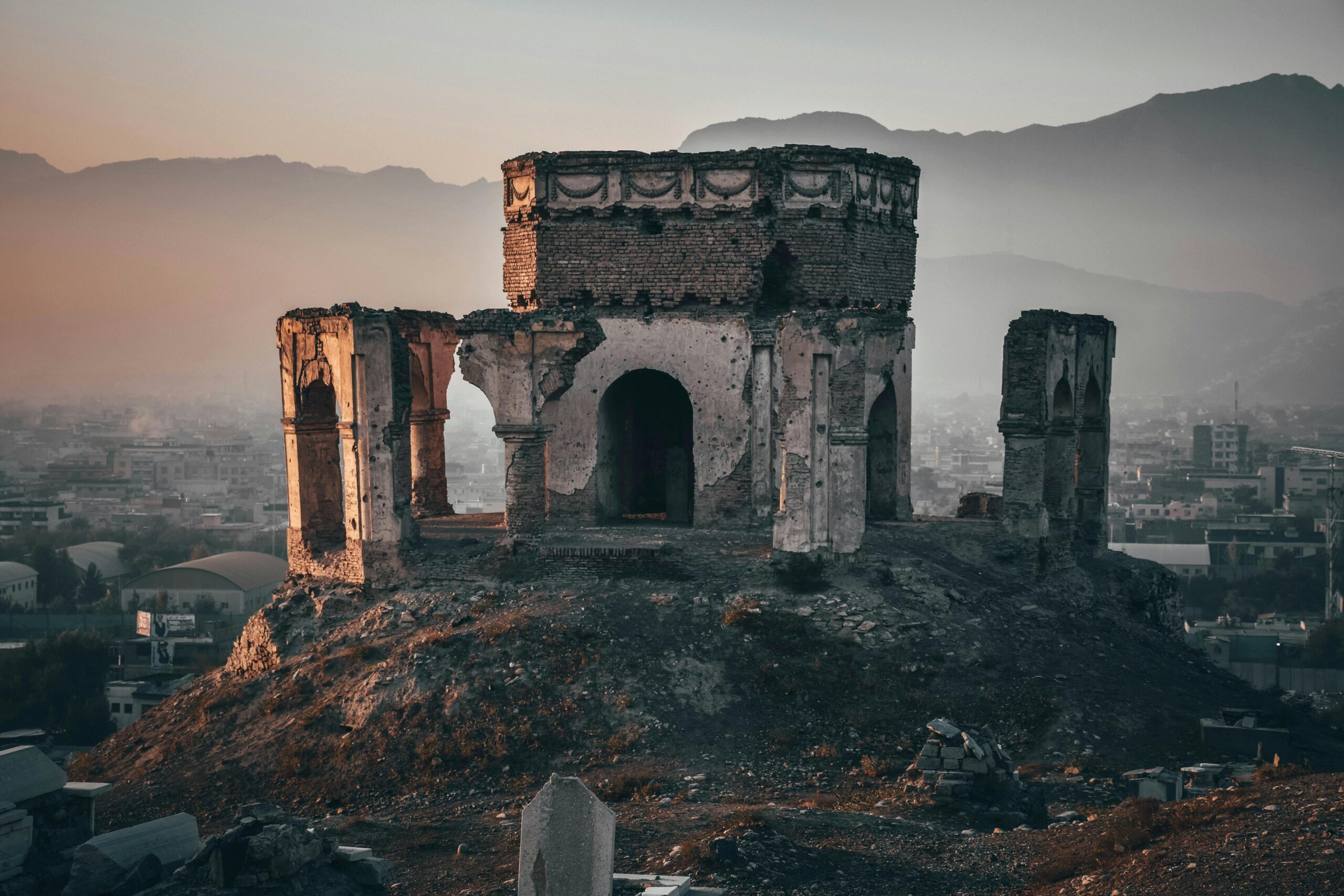The heroine’s journey transcends traditional storytelling boundaries, offering a transformative pathway that celebrates feminine wisdom, inner strength, and authentic self-discovery beyond conventional heroic narratives.
🌟 Understanding the Core Essence of the Heroine’s Journey
The heroine’s journey represents a profound departure from Joseph Campbell’s traditional hero’s journey, which has dominated storytelling and mythology for decades. While Campbell’s monomyth focuses on external conquest, separation, and triumphant return, the heroine’s journey emphasizes internal transformation, connection, and integration. This narrative framework, developed by scholars like Maureen Murdock and others, recognizes that feminine experiences require distinct archetypal patterns that honor different values and priorities.
Unlike the hero who must leave home to slay dragons and claim treasure, the heroine’s path involves descending into her own psychological depths, confronting societal expectations, and emerging with renewed authenticity. This journey isn’t about proving worthiness through external achievements but rather about reclaiming wholeness that patriarchal systems may have fragmented. The heroine discovers that her greatest power lies not in domination but in integration—bringing together seemingly opposite forces within herself.
The significance of this alternative narrative structure extends far beyond literature and film. It provides a psychological roadmap for individuals navigating identity formation, career transitions, spiritual awakening, and personal healing. By understanding these diverse pathways, we gain access to powerful frameworks that validate experiences often marginalized or misunderstood in mainstream culture.
The Traditional Heroine’s Journey Framework
Maureen Murdock’s original framework emerged from her work with female clients who experienced depression after achieving success by masculine standards. Her model outlines specific stages that reflect common patterns in women’s psychological development and spiritual awakening. The journey begins with separation from the feminine, where the heroine rejects aspects associated with traditional femininity in favor of masculine-valued achievements.
This initial rejection often stems from observing how feminine qualities are devalued in society. The heroine pursues success in masculine terms—climbing corporate ladders, suppressing emotions, prioritizing logic over intuition. However, this path eventually leads to a spiritual crisis or profound emptiness, despite outward accomplishments. The heroine realizes that success defined by patriarchal values cannot fulfill her deeper longings.
The descent follows—a period of confronting what has been lost or abandoned. This phase involves grief, anger, and often physical or emotional breakdown. Yet within this darkness, the heroine encounters the deep feminine, reconnecting with intuition, cyclical wisdom, and relational intelligence. The journey culminates not in simple return but in integration, where the heroine embraces both masculine and feminine qualities within herself, transcending binary limitations.
Alternative Pathways: Victoria Lynn Schmidt’s Variations
Victoria Lynn Schmidt expanded the heroine’s journey concept by identifying multiple archetypes and pathways that heroines might follow. Her work acknowledges that not all feminine experiences follow identical patterns and that diverse personality types require different narrative frameworks. Schmidt identified eight primary feminine archetypes, each with distinct journey patterns.
The Maiden archetype represents innocence and potential, embarking on journeys of awakening and self-discovery. The Seductress wields power through attraction and manipulation, learning to integrate vulnerability with strength. The Mother archetype focuses on nurturing and protection, discovering her identity beyond caretaking roles. The Amazon represents the independent warrior woman, learning to balance autonomy with intimacy.
Additional archetypes include the Matriarch, who holds authority and wisdom; the Mystic, who seeks transcendent truth; the Lover, who pursues authentic connection; and the Sage, who embodies knowledge and teaching. Each archetype faces unique challenges, temptations, and transformation opportunities. Schmidt’s framework recognizes that individuals may embody different archetypes at various life stages or simultaneously hold multiple archetypal energies.
🔄 The Cyclical Nature of Feminine Transformation
Unlike the linear progression typical of the hero’s journey—departure, initiation, return—the heroine’s journey often follows cyclical patterns that mirror natural rhythms. This spiral structure acknowledges that transformation rarely happens once and permanently. Instead, we revisit similar themes and challenges at deeper levels throughout our lives, peeling back layers like an onion.
These cycles connect to biological rhythms, seasonal changes, and life transitions. Menstruation, pregnancy, menopause, and aging provide natural frameworks for understanding cyclical transformation. Each phase brings opportunities for release, renewal, and reinvention. The heroine learns to honor these rhythms rather than resist them, finding power in surrender and wisdom in receptivity.
This cyclical understanding challenges productivity-obsessed culture that values constant forward motion. The heroine’s journey validates periods of dormancy, reflection, and inward focus as essential components of growth. Winter precedes spring; darkness gestates light. By embracing these natural cycles, the heroine develops resilience and sustainable approaches to personal development.
Cultural and Historical Variants Across Traditions
The heroine’s journey manifests differently across cultural contexts, reflecting diverse values, spiritual traditions, and social structures. Indigenous cultures often feature heroines whose journeys emphasize community welfare and environmental harmony rather than individual achievement. These narratives prioritize collective wellbeing and intergenerational healing.
Eastern traditions offer heroine archetypes like Kuan Yin in Buddhism, embodying compassion and spiritual liberation, or Durga in Hinduism, representing fierce protection and divine power. These figures demonstrate that feminine strength encompasses both gentle nurturing and warrior ferocity. Their journeys involve balancing seemingly paradoxical qualities—power and tenderness, action and stillness, detachment and connection.
African diaspora traditions feature heroines like Yemaya and Oshun from Yoruba spirituality, representing oceanic depth and sweet waters respectively. Their narratives emphasize sensuality, creativity, and emotional intelligence as forms of power. European folklore offers figures like Inanna, Persephone, and Psyche, whose descents into underworld realms mirror psychological journeys into shadow material and unconscious depths.
Modern Manifestations in Contemporary Stories
Contemporary literature and film increasingly showcase diverse heroine’s journeys that reflect modern challenges and expanded possibilities. Characters like Moana embark on journeys combining environmental stewardship with personal calling. Elizabeth Gilbert’s “Eat, Pray, Love” narrativizes the midlife spiritual quest many women experience. Cheryl Strayed’s “Wild” demonstrates physical journey as metaphor for psychological healing.
Fantasy series like “The Hunger Games” features Katniss Everdeen navigating survival, rebellion, and trauma while maintaining fierce loyalty to loved ones. Her journey prioritizes protection over conquest, relationship over domination. Similarly, Rey’s arc in recent Star Wars films explores belonging, lineage, and choosing one’s identity beyond predetermined destiny.
Television series like “Fleabag” and “Killing Eve” present flawed, complex heroines whose journeys involve confronting shame, trauma, and societal expectations around femininity. These narratives reject perfectionism and embrace messy humanity. They validate anger, desire, and ambition in female characters while exploring consequences and growth. Such representations expand possibilities for what heroine’s journeys can encompass.
💪 Embracing Your Personal Heroine’s Journey
Recognizing that you’re on a heroine’s journey transforms how you interpret life experiences. Challenges become initiations rather than failures. Periods of uncertainty signal transition rather than stagnation. This framework provides language and context for experiences that dominant culture may pathologize or dismiss.
Begin by identifying which archetypal energies resonate most strongly with your current life phase. Are you in maiden territory, exploring new possibilities with fresh eyes? Perhaps you’re embodying the warrior Amazon, establishing boundaries and claiming space. Or maybe you’re experiencing the dark night of descent, confronting what you’ve suppressed or abandoned.
Journaling offers powerful tools for mapping your journey. Reflect on pivotal moments when you chose between conformity and authenticity. Notice patterns of suppression and reclamation. Identify mentors, allies, and threshold guardians who’ve appeared along your path. This self-reflection builds awareness and intentionality, helping you navigate transitions with greater consciousness.
Practical Tools for Navigating Your Path
Developing a supportive practice strengthens your capacity to honor your heroine’s journey. Meditation and mindfulness cultivate inner listening—essential for distinguishing authentic desires from internalized expectations. Regular contemplative practice creates space for intuition to emerge and be heard.
Creative expression through writing, art, movement, or music provides channels for processing and integrating experiences. These modalities access wisdom beyond rational thinking, allowing unconscious material to surface. Many heroines discover that creative practice becomes both healing method and spiritual discipline.
Community connection offers crucial support. Finding or creating circles of other individuals on similar journeys provides validation, witnessing, and shared wisdom. These containers hold space for vulnerability and celebration, breaking isolation that patriarchal systems often impose. Whether online forums, local groups, or formal programs, community reminds us we’re not alone.
🌸 The Shadow Work Component
Every authentic heroine’s journey involves confronting shadow material—rejected, denied, or suppressed aspects of self. This uncomfortable but essential work requires courage to face what we’ve buried. Shadow elements often include rage, sexuality, ambition, neediness, or other qualities deemed unacceptable for women in our cultural contexts.
Shadow work doesn’t mean indulging destructive impulses but rather acknowledging and integrating disowned parts. When we deny shadow aspects, they control us unconsciously, emerging in passive-aggressive behavior, projection onto others, or self-sabotage. Bringing them into conscious awareness transforms their energy from destructive to constructive.
This process typically involves therapeutic support, whether through traditional counseling, somatic practices, or spiritual direction. Safe containers allow exploration of material too challenging to face alone. As we reclaim shadow aspects, we access tremendous creative and vital energy previously locked away. We become more whole, authentic, and powerful.
Reclaiming Feminine Wisdom Traditions
The heroine’s journey often involves reconnecting with wisdom traditions that honor feminine ways of knowing. This might include studying goddess mythologies, exploring women’s spiritual practices, or learning from indigenous traditions that value feminine principles. These resources provide alternative frameworks to patriarchal religious structures that many find limiting or harmful.
Practices like moon cycle awareness, herbal medicine, intuitive development, and energy work offer tangible methods for embodying feminine wisdom. These aren’t frivolous pursuits but rather sophisticated systems for understanding ourselves and our relationship with natural rhythms. They validate experiences and knowledge that scientific rationalism often dismisses.
Reclaiming these traditions doesn’t mean rejecting all masculine-associated wisdom but rather restoring balance. The goal is integration—honoring both rational analysis and intuitive knowing, both goal-oriented achievement and cyclical renewal, both independence and interdependence. This balanced approach supports sustainable thriving rather than burnout-prone striving.
🎭 The Role of Initiation and Ritual
Traditional societies marked life transitions with formal initiations that acknowledged psychological and spiritual transformations. Modern culture largely lacks such rituals, leaving many to navigate major transitions without support or recognition. Creating personal or communal rituals honors the sacred dimension of heroine’s journey stages.
Rituals might mark beginnings—committing to new paths, claiming new identities, or setting intentions. They can acknowledge endings—releasing relationships, careers, or beliefs that no longer serve. Threshold rituals support navigation through liminal spaces between what was and what will be. These practices signal to our psyches that something significant is occurring.
Effective rituals engage body, emotion, and imagination, not just intellect. They might include symbolic objects, meaningful locations, witnesses, or ceremonial actions. Whether elaborate or simple, sincere rituals create containers for transformation that honor both individual experience and universal patterns. They remind us that our personal journeys connect to ancient, archetypal processes.
Navigating the Integration Phase
The heroine’s journey doesn’t end with dramatic insight or spiritual breakthrough. Integration—embodying new awareness in daily life—presents its own challenges. How do we honor inner wisdom while meeting external demands? How do we maintain authenticity in systems that reward conformity? Integration requires ongoing commitment and creativity.
This phase involves establishing new boundaries, relationships, and life structures that reflect transformed identity. It means making choices aligned with authentic values rather than external expectations. Integration often requires saying no to opportunities that once seemed important, making space for what truly matters now.
The integration process is gradual and imperfect. We stumble, revert to old patterns, then recommit to new ways. Self-compassion becomes essential—treating ourselves with the kindness we’d offer a dear friend. Each small choice to honor our truth reinforces the transformation, gradually shifting our entire life orientation.
🌈 The Universal Relevance Beyond Gender
While framed around feminine experiences, the heroine’s journey offers valuable frameworks for anyone questioning dominant paradigms. Men benefit from exploring these alternative narratives, especially those who feel constrained by rigid masculine expectations. Non-binary individuals often find heroine’s journey frameworks more inclusive than traditional hero narratives.
The core themes—integration over conquest, cyclical understanding over linear progression, relationship over isolation—address universal human needs. Our culture’s overemphasis on traditionally masculine values has created collective imbalance affecting everyone. Reclaiming feminine principles benefits all genders and contributes to cultural healing.
This inclusive understanding doesn’t erase the specific challenges women face or diminish the importance of feminine reclamation. Rather, it recognizes that restrictive gender paradigms harm everyone, albeit differently. The heroine’s journey invites all people to explore fuller ranges of human experience and expression.

Living as Your Own Heroine
Ultimately, embracing your heroine’s journey means authoring your own story rather than following prescribed scripts. It requires courage to trust your experience when it contradicts external authorities. It demands persistence when progress seems invisible or when others don’t understand your path.
Your journey will be unique, combining elements from various frameworks while following your authentic impulse. You might experience stages simultaneously or in different orders than described. You’ll revisit themes repeatedly, each time with deeper understanding. There’s no single correct path—only your path, unfolding in its own perfect timing.
The heroine’s journey isn’t about becoming someone different but rather remembering who you’ve always been beneath layers of conditioning. It’s about reclaiming wholeness, integrating all aspects of yourself, and living with conscious integrity. This journey transforms not just individuals but potentially entire cultures as more people embrace authentic, balanced ways of being.
As you continue on your path, remember that every heroine faces moments of doubt, fear, and uncertainty. These aren’t signs of failure but inherent aspects of transformation. Trust the process, honor your experience, and know that your journey contributes to collective evolution. The world needs heroines willing to forge new paths and embody integrated wholeness. Your willingness to embrace this journey makes you part of a powerful movement toward more balanced, compassionate, and authentic ways of living. Keep walking your path with courage, curiosity, and faith in your inherent wisdom. 🌟
Toni Santos is a myth-psychology researcher and narrative writer exploring how archetypes, symbols and human story converge to shape mind, culture and meaning. Through his studies on the collective unconscious, comparative mythology and symbolic dream interpretation, Toni examines how the myths we tell reflect the patterns we live — and how awareness of these patterns can spark transformation. Passionate about hero’s journeys, mythic motifs and dream-language, Toni focuses on how story acts as both mirror and map for inner depth and growth. His work highlights the bridges between myth, psyche and culture — guiding readers toward a deeper encounter with themselves and the stories they carry. Blending psychology, mythology and narrative theory, Toni writes about the hidden architecture of meaning — helping readers understand how symbols, stories and dreams shape experience and identity. His work is a tribute to: The power of myth to reveal the unseen structures of psyche The journey from archetype to individual lived story The art of dream-language as a path to wholeness Whether you are a storyteller, psychologist or traveller in the inner landscape, Toni Santos invites you to explore the mythic dimension of mind — one symbol, one myth, one insight at a time.




